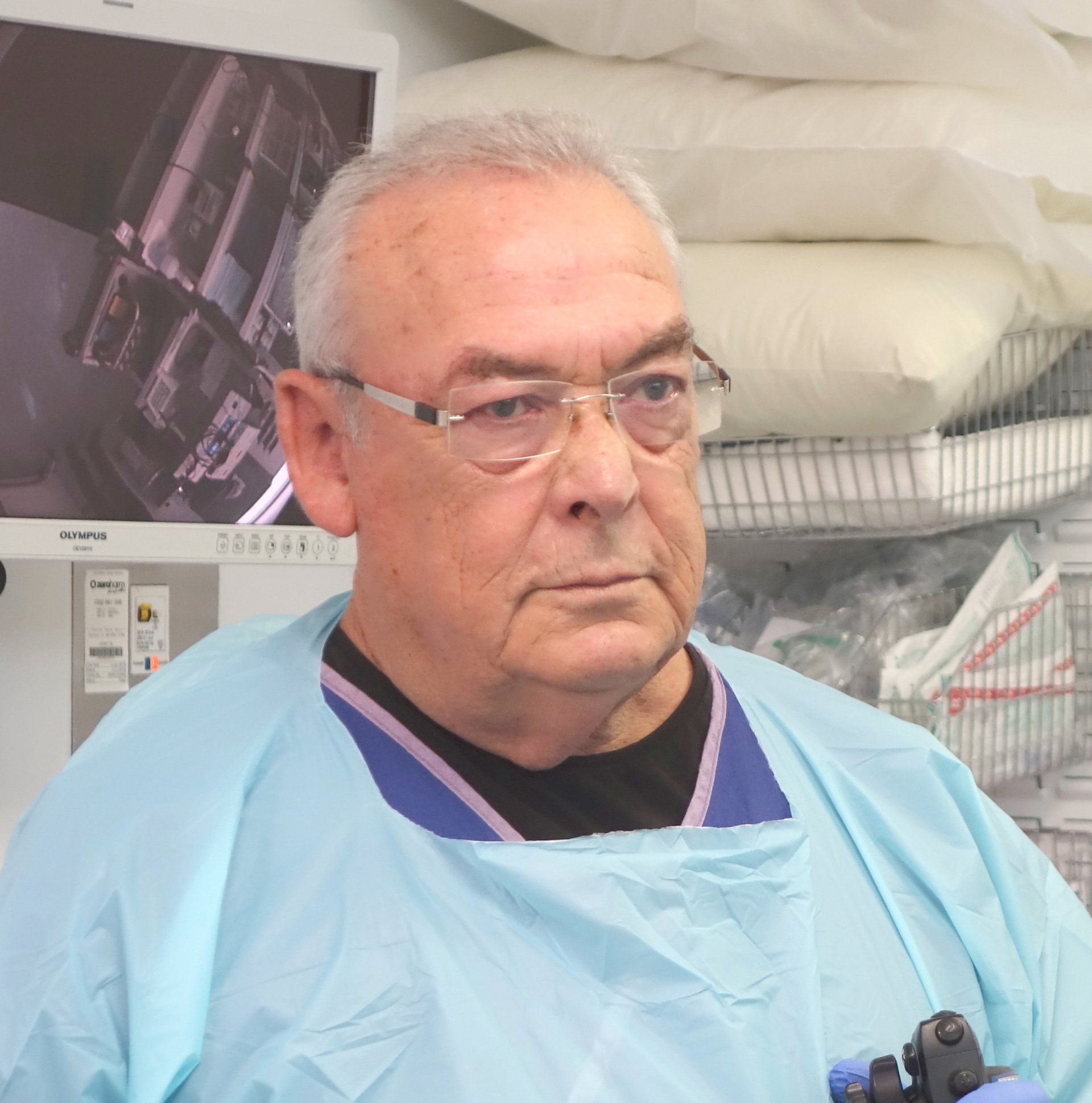Gastrointestinal Cancer
What is Gastrointestinal Cancer?
Gastrointestinal cancer affects the organs in the digestive system, including the oesophagus, stomach, pancreas, gallbladder, liver, small and large intestine, anus and rectum.
It is characterised by the uncontrolled growth of normal cells that make up the digestive tract.
What are the Causes of Gastrointestinal Cancer?
The exact cause of gastrointestinal cancer is not clear. However, certain risk factors such as
- excessive alcohol intake,
- smoking,
- advanced age,
- a diet rich in animal fat and salt,
- poorly preserved food and
- obesity
may increase your risk of developing gastrointestinal cancer.
Anatomy of Gastrointestinal Cancer
The gastrointestinal system is a long tube running right through the body, with specialised sections that are capable of digesting and extracting useful components of the diet and expelling waste products.
Once food has been chewed and mixed with saliva in the mouth, it is swallowed and passes down the oesophagus into the stomach.
The stomach secretes acid and other digestive enzymes for digestion and stores food before it enters into the intestine. The liver is the main organ of metabolism and energy production. It produces bile, which is stored in the gallbladder, and also stores iron, vitamins and trace elements.
The pancreas, located behind the stomach, produces enzymes and hormones that aid in digestion and metabolism. Once food has been mulched and partially digested by the stomach, it is pushed into the duodenum (first part of the small intestine).
Secretions of the gallbladder and pancreas empty into the small intestine, the site where most of the chemical and mechanical digestion and virtually all of the absorption of useful materials takes place. The large intestine is the last part of the digestive tube and the location of the terminal phases of digestion, where waste is processed and stored in the rectum before excretion.
Symptoms of Gastrointestinal Cancer
Symptoms of gastrointestinal cancer may include
- abdominal pain,
- discomfort or tenderness,
- change in shape,
- frequency or consistency of bowels,
- blood in stool,
- bloating,
- vomiting,
- nausea,
- fatigue,
- loss of appetite and
- unintentional weight loss.
Sometimes there are no symptoms.
Diagnosis of Gastrointestinal Cancer
Your doctor diagnoses gastrointestinal cancer by performing a thorough physical examination and reviewing your medical history. Certain tests may be ordered to assist and confirm the diagnosis, which includes:
- Blood tests:
The tests include full blood count and tumour marker tests.
- Gastroscopy:
Gastroscopy is a procedure in which a long, thin flexible telescope is passed through your mouth to examine the lining of the oesophagus, stomach and duodenum.
- Faecal test:
Faecal samples are examined under the microscope for abnormalities and blood.
- Biopsy:
A small sample of tissue may be removed and examined under the microscope for abnormal cells.
- Colonoscopy: A colonoscope, a long narrow flexible telescope is inserted from the rectum to examine your colon.
These tests help identify the location and stage of cancer, which is important for designing the treatment plan.
Treatments for Gastrointestinal Cancer
Treatment depends on the stage of cancer, location, your age and general health. Several treatment options are available for treating gastrointestinal cancers. The standard approaches may include surgery, radiation therapy, chemotherapy and target therapy.
- Surgical procedures vary depending upon the size and site of cancer. It often involves resecting or removing the cancer
- Radiation therapy is a procedure where high-energy rays are targeted at the cancer cells to destroy them.
- Chemotherapy involves the use of anti-cancer drugs given intravenously or orally. This type of treatment is extremely useful in cases where cancer has spread to different parts of the body. These drugs work against the cells that divide quickly; thereby, slowing down the growth of cancer.
- Target therapy stops new blood vessels from developing in the cancer cells. With no blood supply, the growths of cancer cells slow down.
Prognosis for Gastrointestinal Cancer
The outcome of treatment varies from person to person. Treatment in some cases can make you free of cancer, while in others, it is given to slow down the progression of cancer. The factors that can affect your prognosis include the location, stage and type of cancer, your age, health before cancer, and your response to treatment.
If Gastrointestinal Cancer is Untreated
If left untreated, cancer may spread to other areas of the body.
Specific Procedures for Gastrointestinal Cancer
Gastrointestinal cancer surgery is performed under general anaesthesia. Some of the common surgeries are mentioned below.
Surgery for Gastrointestinal Cancer
Surgery for gastrointestinal cancers is indicated for stages 0, I, II and III cancers and surgical removal is often considered the primary treatment for cancer. It involves the complete removal of the primary tumour along with a margin of healthy tissue to ensure that there are no residual cancer cells. The surgical procedure depends to a large degree on the spread of cancer to other organs or to the lymph nodes. If involved, lymph nodes and adjoining organs are removed along with gastrointestinal cancer. In some cases, surgery is combined with radiotherapy or chemotherapy.
Oesophagectomy
Oesophageal cancer surgery aims at treating cancer by surgically removing the oesophagus (esophagectomy) and the surrounding tissue that is affected. The remaining oesophagus is then reattached to the stomach. Surgery for oesophageal cancer can be performed by either an open approach or minimal invasively using laparoscopy.
Gastrectomy
Gastrectomy is the removal of the stomach to treat gastric cancer. It can be subtotal gastrectomy, where only a part of the stomach is removed, or total gastrectomy, where the whole stomach is removed. The remaining part of the stomach is joined to the bowel.
Pancreatectomy
Pancreatectomy is the removal of the entire or part of the pancreas. There are many types of pancreatectomy. Also known as pancreaticoduodenectomy. A Whipple procedure involves the removal of the head of the pancreas along with parts of the gallbladder, small intestine, bile duct, and sometimes a part of the stomach. The remaining structures are reconnected so that enzymes and bile can flow normally into the intestine. Distal pancreatectomy is usually performed when cancer is found in the middle or tapering end of the pancreas. Total pancreatectomy or complete resection is undertaken when the tumour extends across the pancreas.
Cholecystectomy
Cholecystectomy is surgery to treat cancers of the gallbladder. The procedure may also involve the removal of parts of other neighbouring organs such as the liver, common bile duct, pancreas and lymph nodes.
Hepatectomy
Hepatectomy is surgery to remove the liver along with some of the healthy tissue around it. It may involve the excision of only a part or the whole liver, in which case a healthy liver is transplanted to replace the diseased one.
Endoscopic Mucosal Resection (EMR)
The endoscopic mucosal resection (EMR) procedure is indicated to treat gastrointestinal cancer that is in the lining of the track. Your surgeon inserts a gastroscope through the mouth to the area present in the oesophagus or stomach. Cancers in the colon are reached by a colonoscope inserted through the anus. Surgical tools are passed through the scope to perform EMR to remove the cancerous tissue. The surgery is non-invasive as it does not involve any cuts on the body.
Palliative Surgery
Palliative surgery is performed to provide relief from symptoms. Some examples of palliative surgery include the placement of a stent to open up a blocked duct or bypassing a tumour so food or other substances can flow freely.
Dr Donald Walker
Write your caption hereMore
Dr Johan Van Den Bogaerde
Write your caption hereMore
Trusted for more than 25 Years
PANCREAS & BILIARY
Digestion Problems - Dyspepsia









